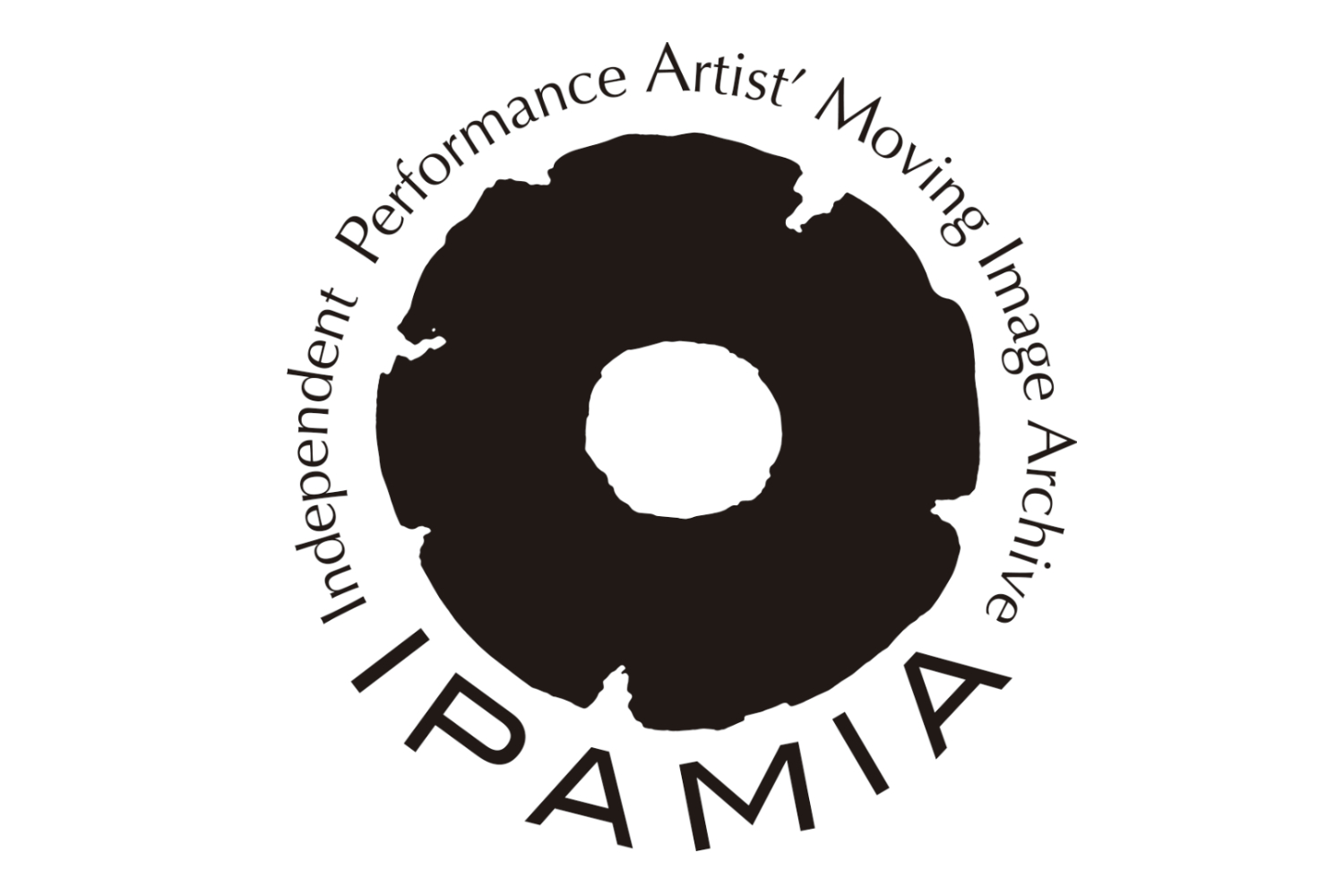<Background>
IPAMIA is currently run by 6 members, but it all started because of a small, personal incident that happened to a performance artist, Sakiko Yamaoka, the founder of IPAMIA.
Since 1992, she has been travelling around Europe and Asia to participate in performance events, and since around 2002, with a handheld video camera, which at that time had finally become affordable, she started to record not only her own performances but also those of various artists who were taking part in the same events. By 2015, she had three external hard drives full of footage, but one day, one of the hard drives lost all its data at once. It was quite a shock for her. It was then that Yamaoka realized that the ephemeral nature of performance art, and the digital data that is its source material, is also quite ephemeral.
<Found the Archive>
Yamaoka has been thinking about how to protect and preserve the records of our precious works for the future. Regular hard disk replacements and backups are necessary but only that would perhaps end up as merely private collection. So then she decided to make an “archive” to share them with public.
First of all, Yamaoka created an account on video sharing website and a Facebook page called “Performance Art Moving Images Archive Hechima”. Furthermore, while searching for it’s direction, she decided to add the words “Independent Performance Artists” to its name (title) to emphasize the importance of the artist-run archive. Finally in May 2016, IPAMIA was officially ‘founded’ in collaboration with some artists who were around her at that time.
Since 2017, we started to hold introductory events in Tokyo, about twice a year. Little by little, it became known, and people who agreed with/supported the idea began to collaborate, bringing their own interests and skills. In December 2018, we launched our website. In addition to the video data Yamaoka originally had, another member Seiko Kitayama(artist) also contributed her videos to our collection. We are also reaching out other artists who would be able to donate their data to our archive.
The aim of the archive is to document wide range of works by unique artists, so we have not limited/focused our collection on any particular region, gender, political affiliation or theme. That said, it would be impossible to collect all the data on performance art in the world. At the moment we are six members in total, all of whom have other jobs and contribute as volunteers. So to be honest, it’s not easy to get things done. Nevertheless, we have occasional study sessions and meetings to discuss what direction we should take. For example, we believe that if a large museum or university is collecting materials in a concentrated way, it is fine to leave it to them. Rather, we think this archive should be a documentation of the works, artists and projects that we have encountered, had personal connection with or simply became interested in. We hope that this kind of locality will result in an attractive archival character.
